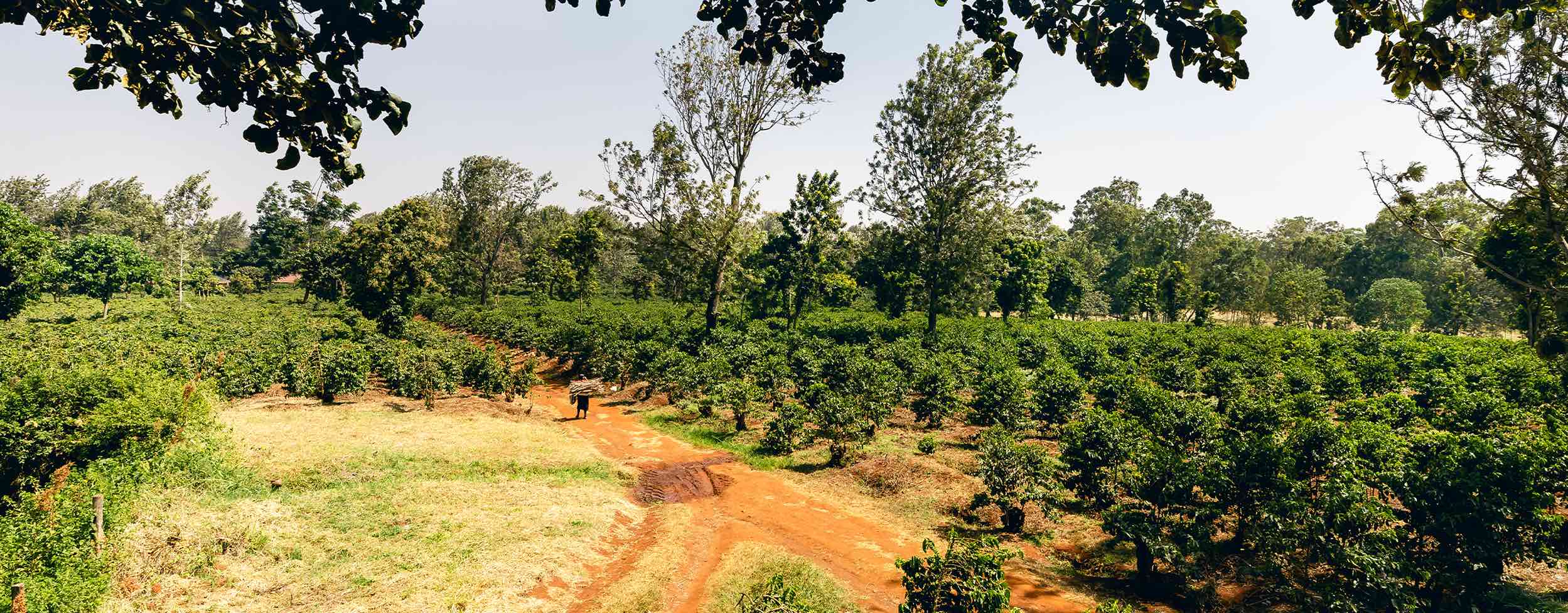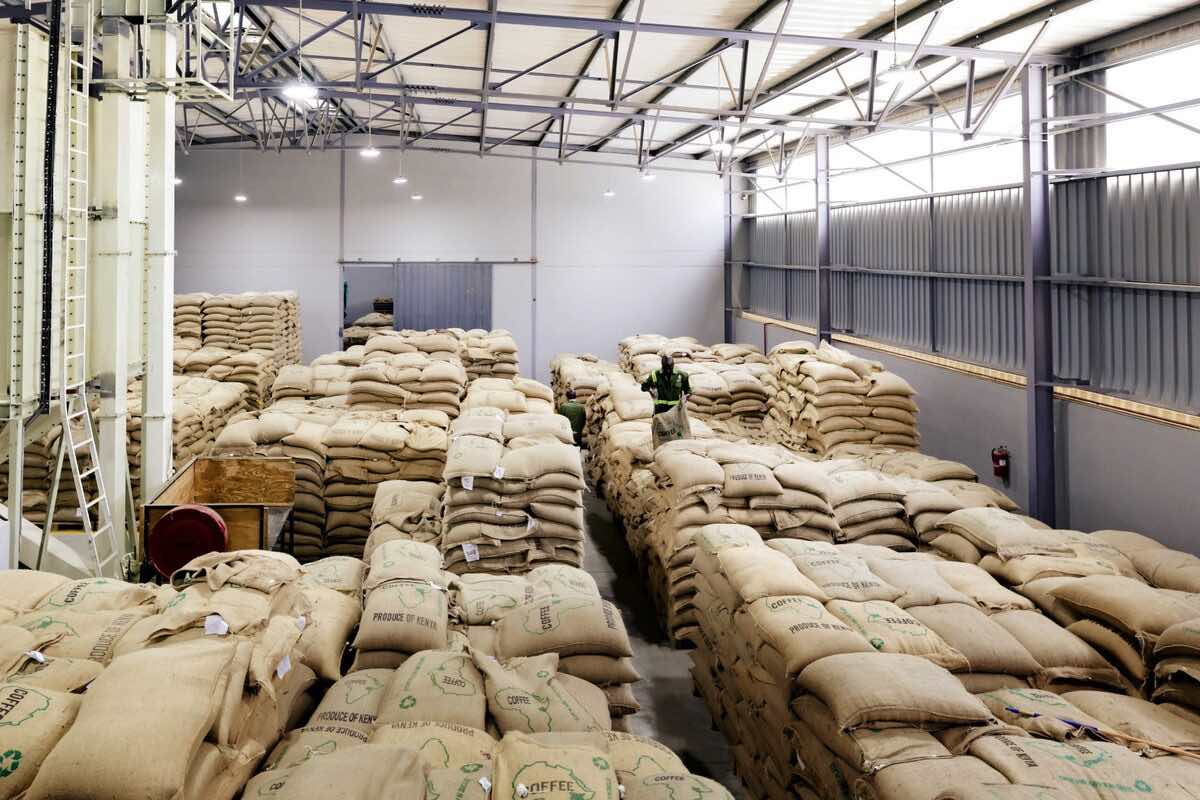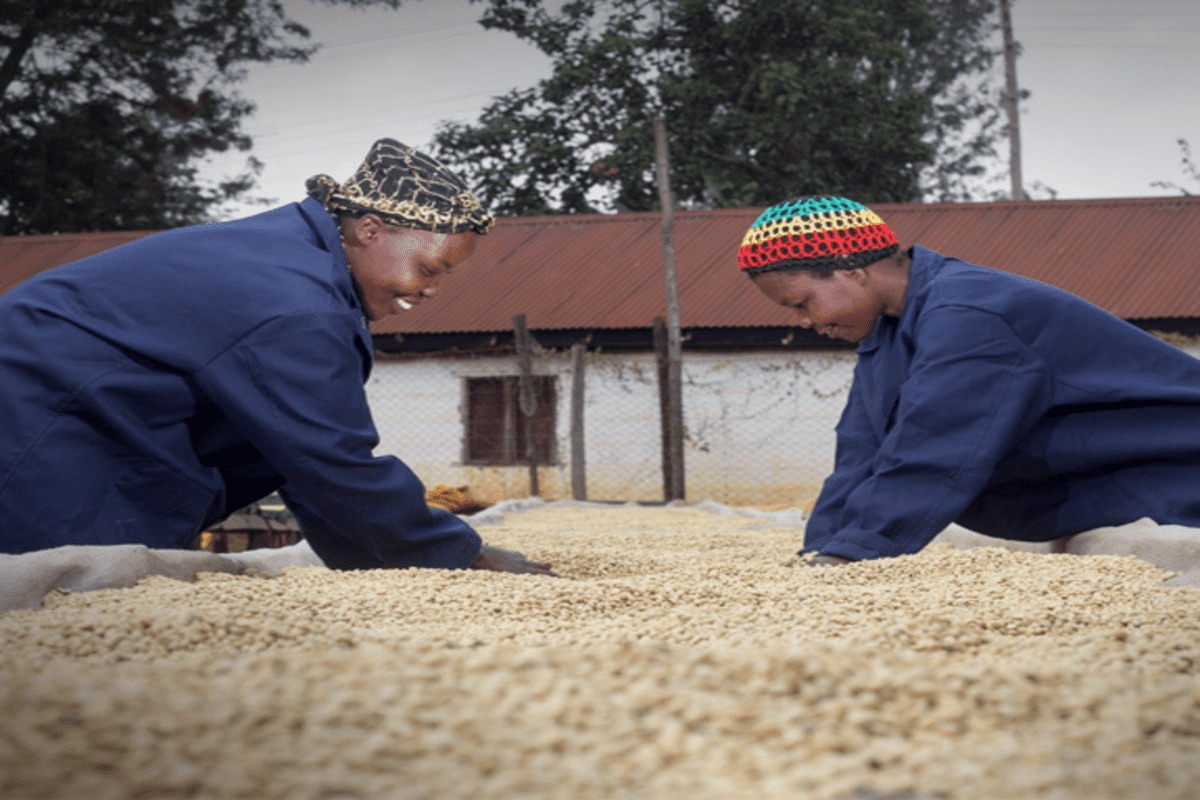
Arabica Coffee: The Captivating Journey from Bean to Brew
Introduction:Arabica Coffee: The Captivating Journey from Bean to Brew
Coffee lovers around the world are often captivated by the rich aroma and exquisite flavor of their morning cup. Among the various coffee species, Arabica coffee holds a special place as the crown jewel of the coffee kingdom. Renowned for its delicate taste, complex flavor profiles, and enticing aromas, Arabica has become the most widely consumed and esteemed coffee species globally.
-
Origins and Cultivation:
Arabica coffee (Coffea arabica) traces its origins to the highlands of Ethiopia, where it has been cultivated for centuries. It is believed that Arabica coffee was first discovered in the ninth century, and its cultivation spread throughout the Arabian Peninsula and eventually reached Europe in the 17th century. Today, Arabica coffee is grown in numerous countries around the world, including Colombia, Brazil, Ethiopia, Costa Rica, and Kenya, among others.
-
Flavor Profiles and Aromas:
One of the defining characteristics of Arabica coffee is its diverse range of flavors and aromas. Arabica beans produce a cup of coffee that is often described as smooth, with low acidity and a subtle sweetness. The flavor profiles can vary greatly, ranging from floral and fruity notes to chocolatey and nutty undertones. These complex flavors and enticing aromas are a result of various factors, including the coffee’s growing region, altitude, soil conditions, and processing methods.
-
Ideal Growing Conditions:
Arabica coffee thrives in specific climatic conditions, making it a delicate and often challenging crop to cultivate. The ideal growing conditions for Arabica include altitudes between 600 to 2000 meters, temperatures between 15 to 24 degrees Celsius, and ample rainfall. The high altitude not only contributes to the coffee’s exceptional flavor but also helps slow down the maturation process, allowing the beans to develop more complex flavors.
-
Harvesting and Processing:
The harvesting and processing methods play a crucial role in unlocking the full potential of Arabica coffee beans. Arabica cherries are typically hand-picked when they reach their optimum ripeness. This meticulous process ensures that only the finest cherries are selected. Once harvested, the beans undergo one of two primary processing methods: the “washed” method, which involves removing the cherry pulp before drying the beans, or the “natural” method, where the beans are dried with the pulp intact. Each method contributes to different flavor profiles, with washed coffees often exhibiting brighter acidity, while natural coffees offer fruitier and sweeter flavors.
-
Sustainable Practices and Fair Trade:
Arabica coffee is often associated with sustainable farming practices and fair trade initiatives. Many coffee farmers who cultivate Arabica beans are committed to environmentally friendly practices, such as organic farming, shade-grown cultivation, and biodiversity conservation. Furthermore, fair trade initiatives aim to ensure that coffee farmers receive fair compensation for their labor, promoting social equity and improving the livelihoods of communities involved in coffee production.






